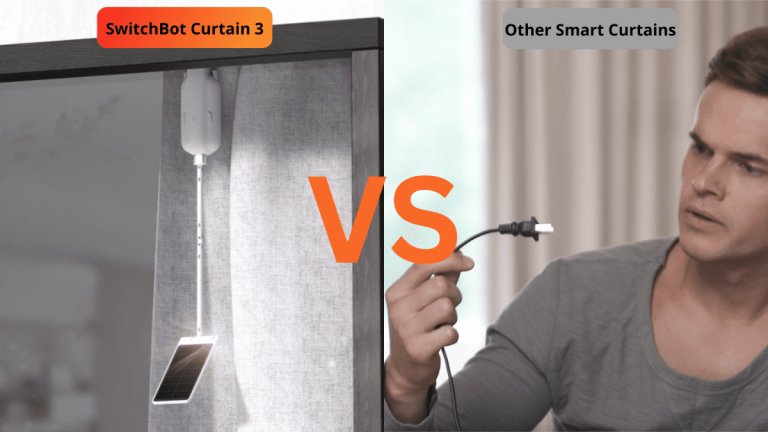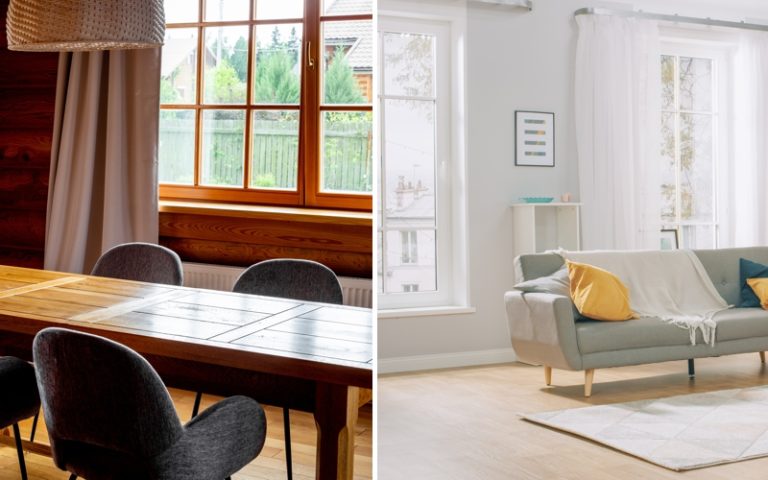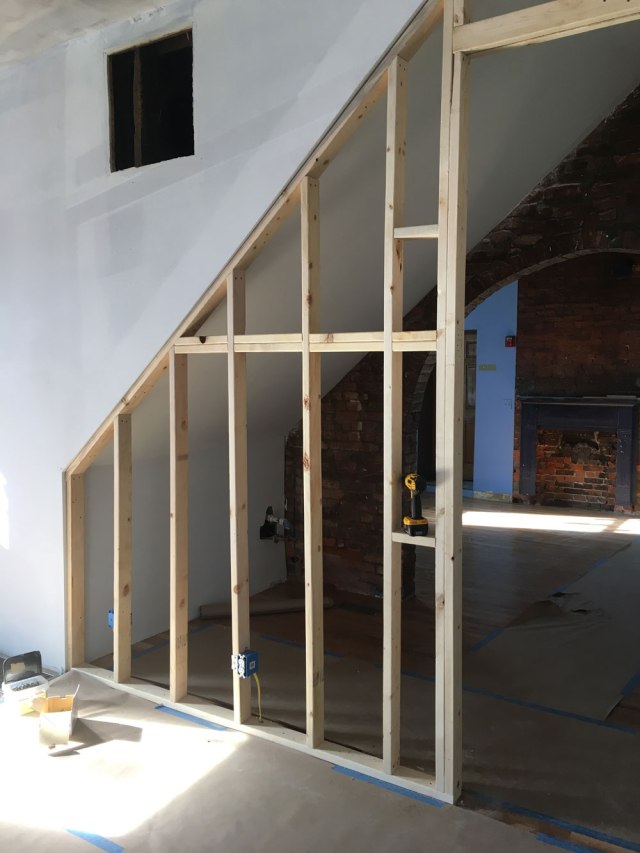Guide to IoT for residential property – Life Unlocked
This article was first published at PlaceTech.net and is a part of the PlaceTech Trends report.
As the number of people renting for the long-term soars and new models such as co-living enter the marketplace, the residential letting industry is becoming increasingly competitive. Could IoT be the solution to developing rentals that stand out to customers?
What is the impact of IoT?
Internet of Things devices range from relatively simple smart meters to full building management systems producing Big Data.
A report from Business Insider predicts that there will be more than 55bn IoT devices by 2025, up from about 9bn in 2017. The report forecasts that there will be nearly $15tn in IoT investment between 2017 and 2025.
Knight Frank’s Tenant Survey represents the views of more than 10,000 people in the private rented sector. Over a quarter of renters in their early twenties, which Knight Frank refers to as iGens, would consider paying more for tech-enabled properties. But adopting IoT into buildings is about more than happy tenants: the data gleaned from this technology is of huge benefit to residential landlords.
Enhancing the residential letting experience
London-based Pinglocker started as a dry cleaning platform seven years ago, and has developed to provide a range of on-demand tenant services, including storage, laundry, personal training, and cleaning. Pinglockers are similar to Amazon Lockers, in that suppliers collect or drop off items to lockers, and a notification is sent to the corresponding app or via email.
Current big-name clients include JLL, Savills, Greystar and IQ Student Living, who have installed Pinglockers at some of their residential developments. Pinglocker provides a share of revenue of around 7.5% generated from the tenant services it offers with clients, providing a financial incentive to landlords. However, the real value is the data collected from tenants using the service. This can be informative when developing facilities, or for tailoring renewal incentives.
Pinglocker founder, Stephen Brady, argues that using smart technology adds value to residential properties. He says: “A lot of build-to-rent developers are looking to provide a concierge service, but the reality of what they can offer is different from the brochure: it’s more handling packages, complaints or maintenance issues. Our on-demand product bridges the gap between what is currently on offer and a proper hotel-like concierge service.”
The modern resident’s desire for everything on-demand is particularly exemplified with the rise of smart speakers, such as the Google Dot and Amazon Echo. Vesper Homes is one agency that is using Alexa to its advantage. The London-based rental agency has created its own ‘Skill’ for the Amazon device, and each landlord and rental property receives an Echo Dot so tenants can tap into this.
For tenants, Alexa can answer questions like ‘when is my rent due?’ and ‘when is my break clause?’ For landlords, the Vesper Homes Skill can provide information such as: ‘has the rent been paid this month?’ and ‘have any maintenance issues been reported?’
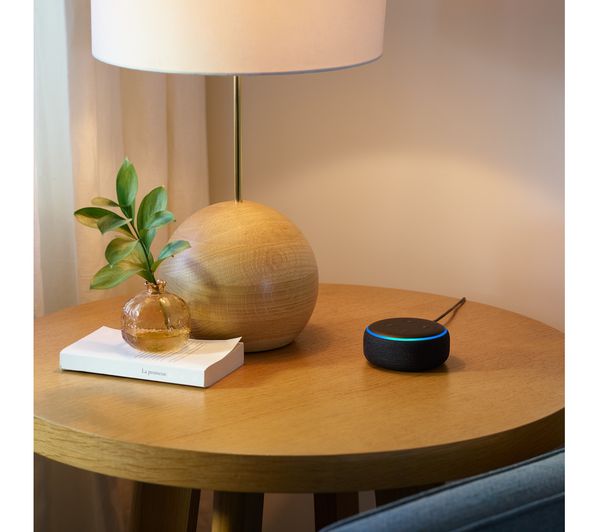
James Cameron, CEO of Vesper Homes, explains that both parties are finding the Alexa integration valuable: “Our Skill is doing well amongst landlords, we have circa 65 landlords and tenants currently using the application. We have taken the Alexa Skill to the Residential Landlords Association and Landlord Show exhibitions and it’s received a good response.
“We find that tenants are using the skill on a weekly basis whereas landlords on a monthly or every other month basis. Tenants have adopted to the skill well but then if you look at the ages of our tenants, who are in the 18 – 30 bracket, then you can see why. Tenant feedback has been much more positive, especially on viewings where they mention past experiences with other agents or landlords where they have had reporting issues.”
Saving landlords money
While anecdotal tenant satisfaction is one thing, most landlords would prefer proof of their tech investments where they can see it: on the profit-and-loss sheet.
Switchee, a smart thermostat designed specifically for the affordable housing sector, has been helping providers such as Flagship Homes, Basildon Council and The Hyde Group save money on maintenance repairs, and improving resident welfare.
Switchee co-founders, Adam Fudakowski and Ian Napier recognised the need for IoT technology in the social housing sector that would help fight fuel poverty and provide landlords with much needed insights into their property portfolio. Ian discusses why landlords should avoid resistance to new technology: “When a landlord employs the ‘if it ain’t broke, don’t fix it’ attitude, the reality is they’re actually deploying a ‘fix it when it breaks’ solution. This is nearly always more expensive than maintaining a property consistently. However, before IoT devices started becoming more common, this was the only option they might have had. Now with the availability of maintenance statistics through these devices – the savings possible through preventative maintenance become apparent.”
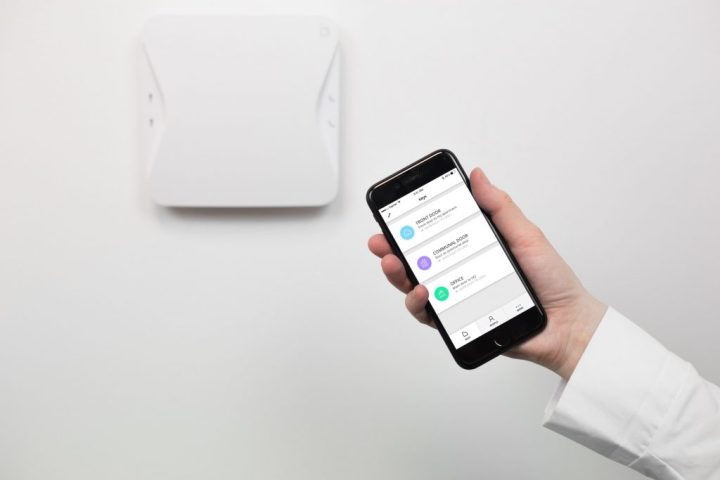
Another IoT product that hopes to save landlords money is keyless entry system Klevio One. Aleš Špetič, co-founder and CEO at Klevio, explains the savings generated from this kind of locking system: “Whilst it’s highly advisable, changing locks after each tenant is seldom done – mainly because of cost. With keyless entry, ex-tenants can have their access revoked without the need for any fixture changes or extra costs. Users of systems such as ours can do that instantly and from anywhere.
“Let’s not forget the usage data side of keyless entry. These systems offer the ability to analyse past usage data and not only understand who has accessed the property and when, which is handy for insurance claims or security purposes, but also help highlight door-by-door access trends which can inform staffing decisions. Think about the cost savings of staffing help desks or reception based on demand and traffic.”
Is it worth the hype?
IoT-enabled devices are still relatively new to the rental property marketplace, but investing now is a means of future-proofing developments.
As Klevio’s Aleš Špetič explains: “Not all IoT technology will suit everyone, but landlords and property managers should weigh up their options. Adoption is not about the binary and getting rid of the old and coming in with the new, rather considering ways in which technology can help improve the property user experience.
“Looking at the wider picture, I believe we are going to see more and more integrations – technologies working together to build truly smart homes, ones that work to actually know what you are doing and react accordingly. The home’s ‘brain’ will be reading the water pressure levels, or listening to the walls. The landlords will just have to approve the work before the tenant even knows they have.
“That is when we will see a new age of bloc management – and that time is close.”
